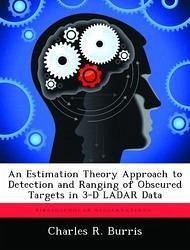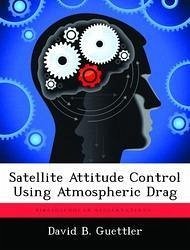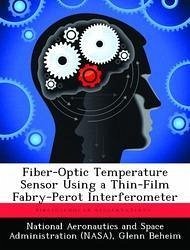
Passive Ranging Using Atmospheric Oxygen Absorption Spectra
Versandkostenfrei!
Versandfertig in über 4 Wochen
52,99 €
inkl. MwSt.
Weitere Ausgaben:

PAYBACK Punkte
26 °P sammeln!
The depth of absorption bands in observed spectra of distant, bright sources can be used to estimate range to the source. Previous efforts in this area have relied on measuring infrared CO2 bands, with disappointing results. A novel approach is presented here and demonstrated using observations of the O2 absorption band near 762 nm. Oxygen was chosen because its concentration is more stable and predictable than CO2 or H2O, and this band is spectrally isolated from other atmospheric bands, which enables direct estimation of absorption. Range is estimated by comparing observed values of band-av...
The depth of absorption bands in observed spectra of distant, bright sources can be used to estimate range to the source. Previous efforts in this area have relied on measuring infrared CO2 bands, with disappointing results. A novel approach is presented here and demonstrated using observations of the O2 absorption band near 762 nm. Oxygen was chosen because its concentration is more stable and predictable than CO2 or H2O, and this band is spectrally isolated from other atmospheric bands, which enables direct estimation of absorption. Range is estimated by comparing observed values of band-average absorption, A, against curves derived from either historical data or model predictions. Curves are based on fitting a random band model to the data, which reduces average range error by 67% compared to the Beer's Law model used in previous work. An original model is presented based on a traditional random band model, modified to account for variations in absorber concentration over long, inhomogeneous paths. This mod- ification further reduces error by over 50% in short-range experiments, and can be used in conjunction with any band model. A static rocket motor test was observed using a Bomem MR-254 Fourier trans- form spectrometer at a range of 2.8 km. In this case, observed values of A were com- pared against data simulated using FASCODE, a validated atmospheric transport model. Detailed atmospheric soundings were not required; a standard atmosphere was used, and a simple correction, based on published meteorology data, is presented. The resulting range estimate was accurate to within 0.5% (14 m). Similar accuracy was also achieved at shorter ranges using a lamp as a surrogate target. Long-range performance is predicted by using FASCODE and theoretical mod- els to extrapolate observed short-range performance. Range error of 5% or less is predicted at ranges up to 400 km for a representative target.














